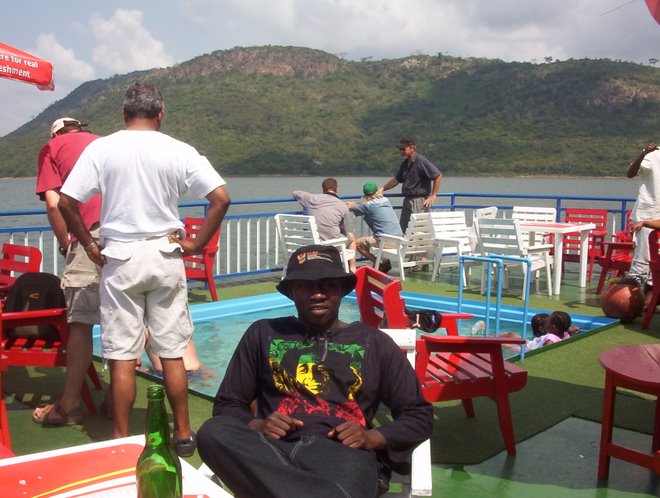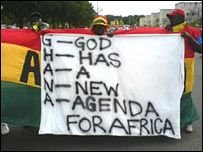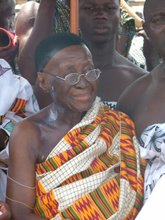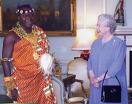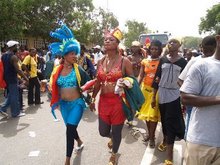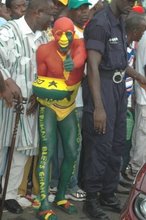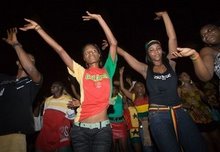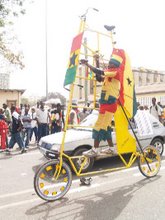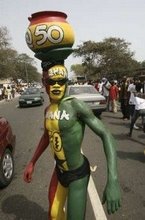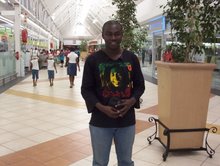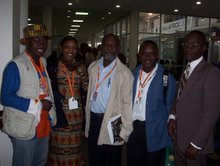Kiosks owners try to outwit KMA decongestion team
A NEW development has emerged in the ongoing decongestion exercise in Kumasi, with owners of a number of container shops and kiosks sited at unauthorised locations painting their structures in the national colours of red, yellow and green in a bid to save those structures from demolition.
Most of those structures are located in areas like Asokwa, Asafo, Amakom and the Kwame Nkrumah University of Science and Technology (KNUST) Junction.
City authorities have, however, indicated that there is no policy that exempted such structures from demolition, even if their locations were illegal.
“The issue is where the structures are located and not the national colours,” Mr Charles Ampomah-Mensah, the Metropolitan Engineer, explained in an interview.
He said the Kumasi Metropolitan Assembly (KMA) decongestion team had been compelled to remove and demolish some of those structures painted in the national colours at Kaase because they had been wrongly sited.
He expressed the hope that the Kaase example would drum home the fact that the KMA meant business and would not favour anybody for one reason or another.
The metropolitan engineer indicated that some people might have been wrongly carried away by the decision of the KMA to spare kiosks belonging to the Department of National Lotteries (DNL) in the exercise. DNL kiosks are in red, yellow and green.
On the decongestion exercise, Mr Ampomah-Mensah said it was progressing steadily, explaining that the team was now concentrating on the eastern railway line from the Central Market through Alabar and Aboabo to join the eastern by-pass.
He said the KMA decongestion team had faced serious security problems in the exercise in parts of the Zongo area, saying the security personnel attached to the team had had to fire warning shots to dispel rampaging residents who pelted various missiles on the members of the team.
Mr Ampomah-Mensah explained that the KMA was not out to destroy business in the Kumasi metropolis through the decongestion exercise, as some people might want to believe.
“The informal sector in Kumasi is so big and contributing immensely to the economy of the metropolis and as such we will not do anything to destroy the sector,” he said.
He pointed out that many of the people selling on pedestrian walkways could move to safe areas but they would simply not do that, adding that said a such situation could compel the KMA to forcibly remove them, creating problems for the affected persons.
He said the KMA was talking with identified groups like car dealers and mechanics to ensure that they complied with the directives without any disturbances.





